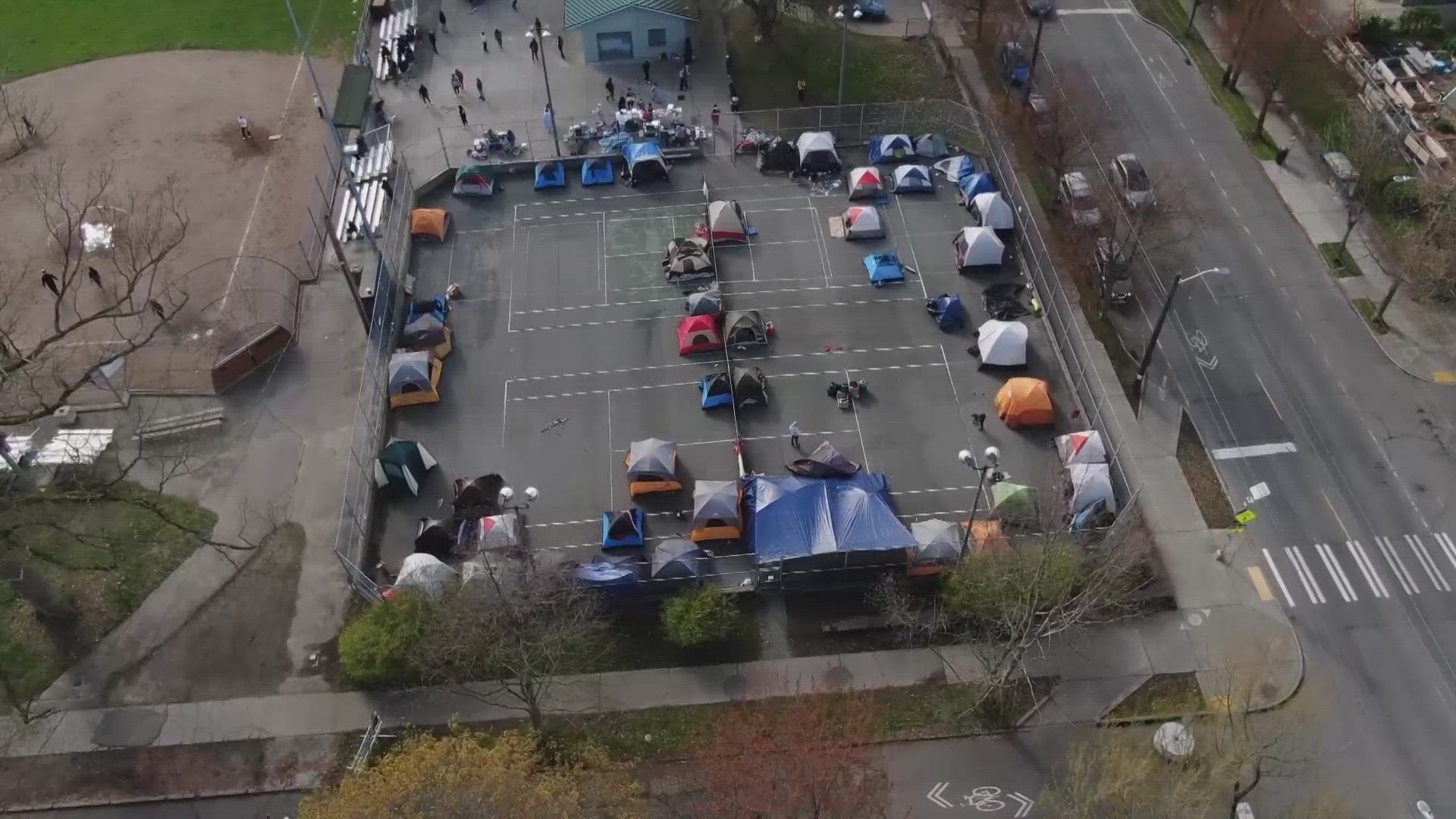SAN ANTONIO, Texas -- As Western Washington wrestles with how to help the area’s homeless population, one Texas city serves as a model for other cities around the country.
About 250 cities have come to visit Haven for Hope in San Antonio, Texas.
It’s a “one-stop shop” campus that’s dedicated to helping Bexar County’s homeless.
There are 30 agencies on its 22-acre campus. The services include housing, food, job training, child care and even kennels for pets, among other services. Mental health and addiction treatment is done across the street at the Restoration Center.
“All of the resources that a homeless person could need, if he or she is motivated, is centrally located right there,” said graduate Sam Lott, 52.
Help from a billionaire
The campus isn’t cheap.
It cost $101 million to build. Haven says 60 percent of that came from private donations.
“The business community initially wasn’t excited about helping to the homeless,” recalled billionaire Bill Greehey, former CEO of Valero, who's credited with being the driving force behind getting the idea off the ground. “You really have to be committed and stay on message and eventually we got them won over,” he said.
Greehey says a series of local news stories about homelessness a decade ago inspired his philanthropic passion project.
“When I watched this program on TV, I had never seen the face of a homeless person before,” he said.
Greehey estimated he’s personally donated $20 million of his own money to the project.
“I’m not through giving at Haven for Hope, but yes, this is the best investment I’ve ever made,” he said.

A success story
“I am in a recovering heroin addict,” admitted Asten Jones freely. “The things my mother taught me how to do was steal, shoot up heroin, smoke crack, prostitute -- that's my family legacy.”
Jones, now 32, says it’s felt like she’s lived five different lives.
She said she first heard about Haven for Hope from her mom, who was also a struggling addict.
“Honestly it was that I had sunk so far down that there was nowhere left to go and I had tried to kill myself multiple times,” she said.
But a service at Haven for Hope gave Jones the push she needed. It was called a warrant clinic and its intent was to help her deal with her mounting legal fines and citations.
“They said, 'So we're going to contact the judge,'” she continued. “'And we're going to get all of these taken care of for you.' I was just stunned.”
Jones added part of the deal was that she followed her probation and got help for her addiction. Now she serves as a peer support specialist, where she helps others through the program.
Haven’s success
Haven for Hope reports it has had about 2,700 graduates move to permanent housing. About 4,600 others have moved into temporary housing, like in-housing treatment programs.
According to annual statistics, the number of the unsheltered homeless population has decreased about 15% since Haven started in 2010.
Keep in mind, the campus has not solved the city's homeless issue. The last homeless count shows about 2,800 people who are still unsheltered in the area.
"Let me say that the homeless will always be with you," said Greehey. "We’re not going to solve all the homeless problems that exist today."


